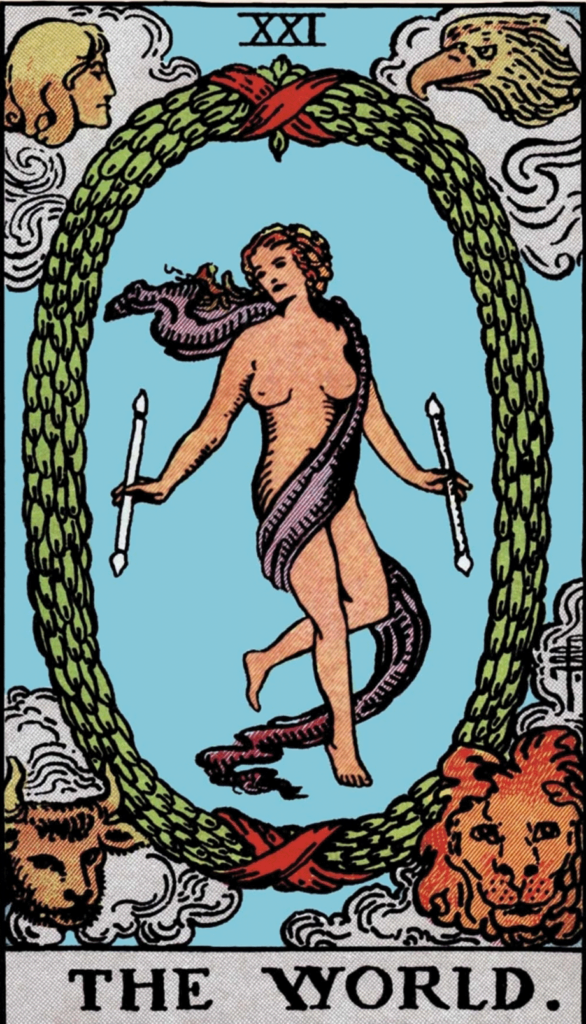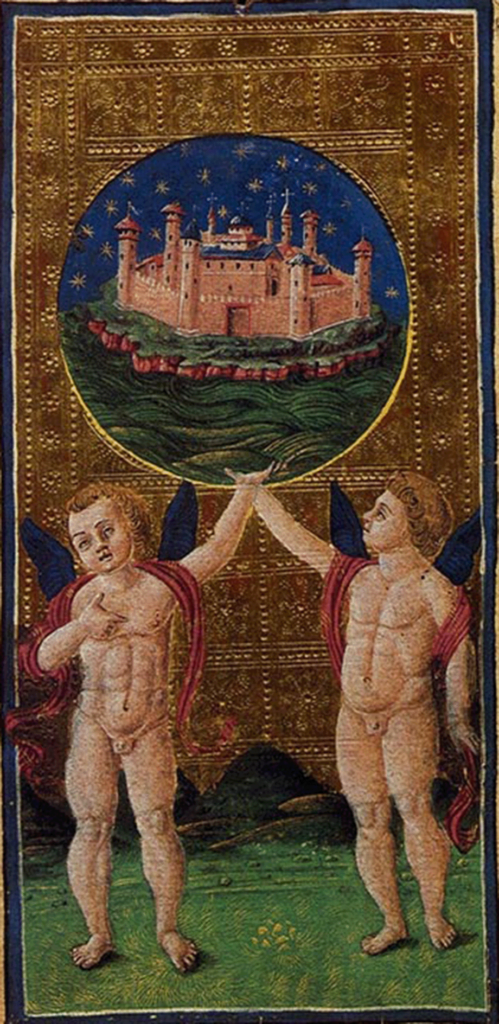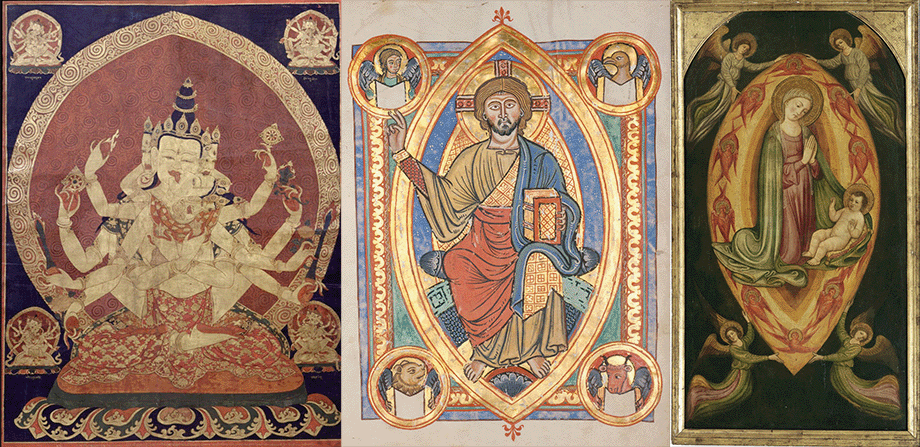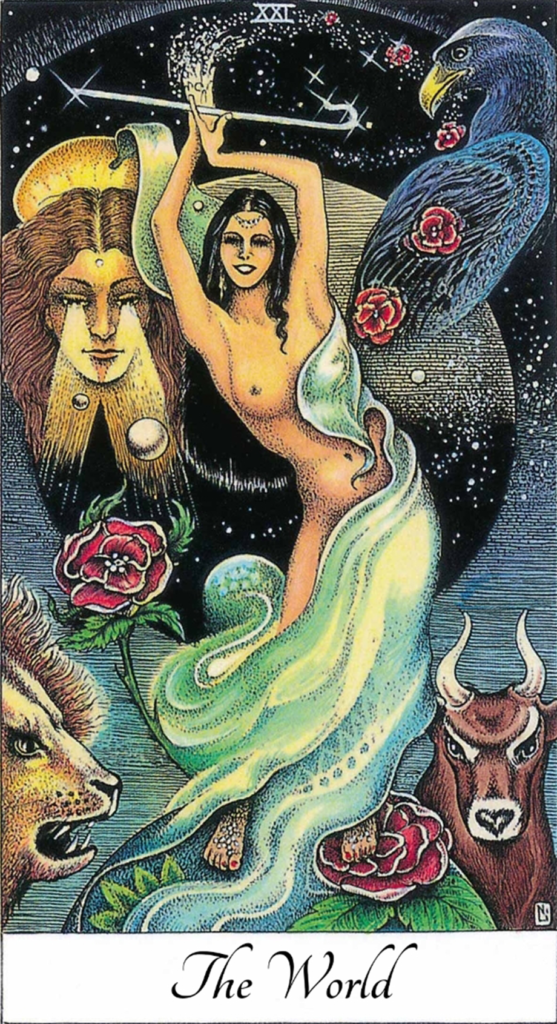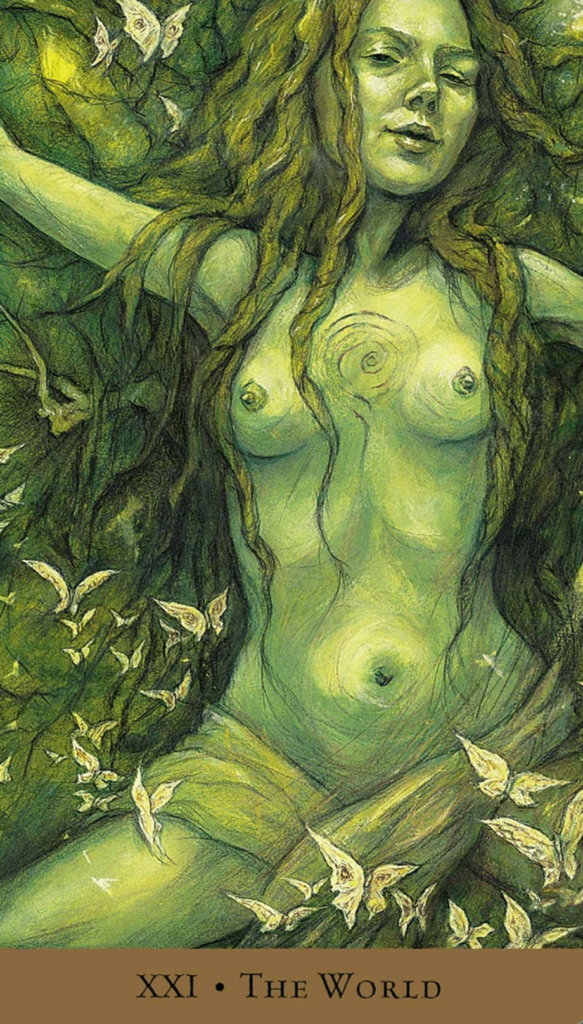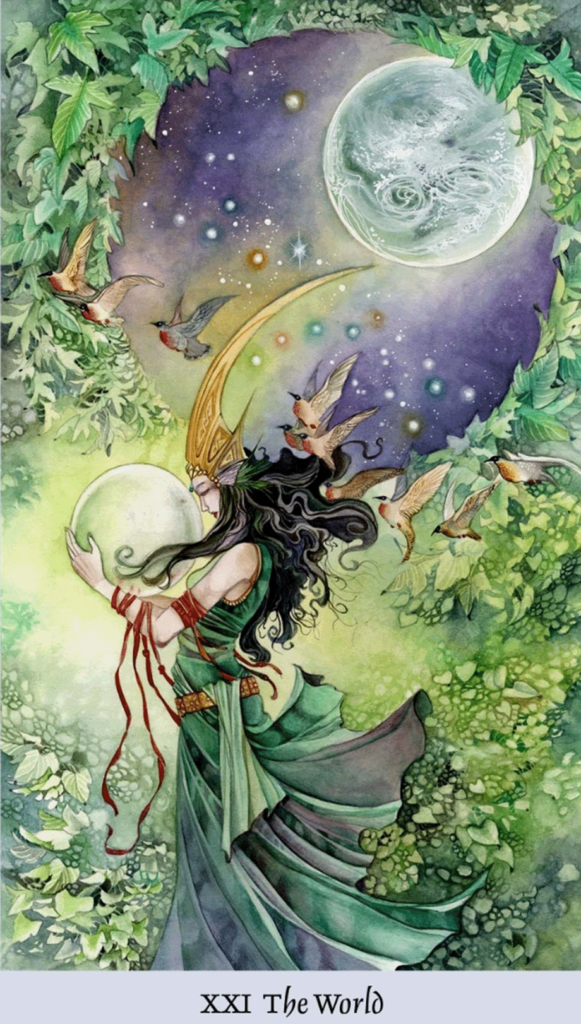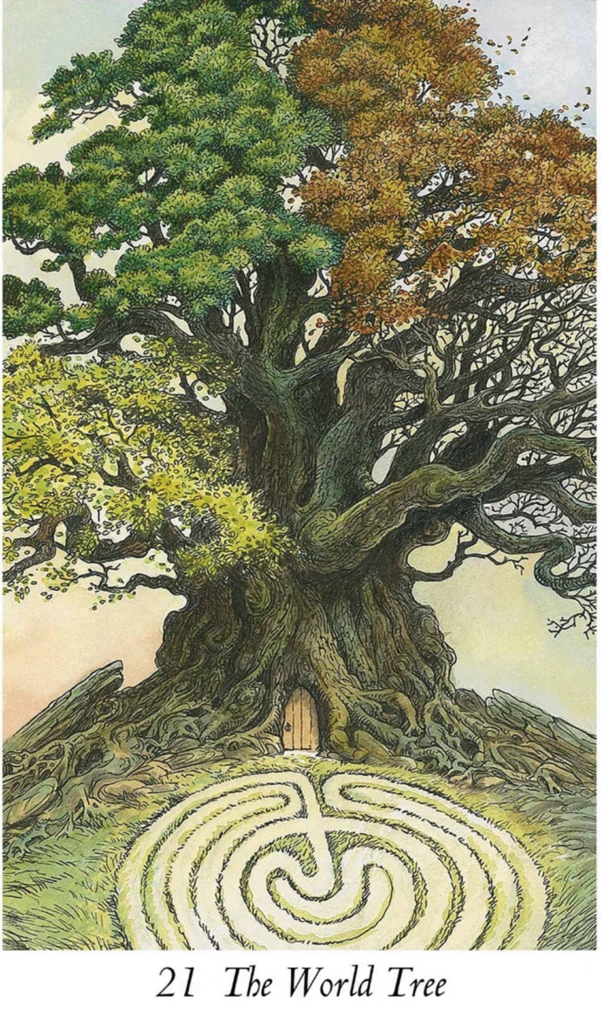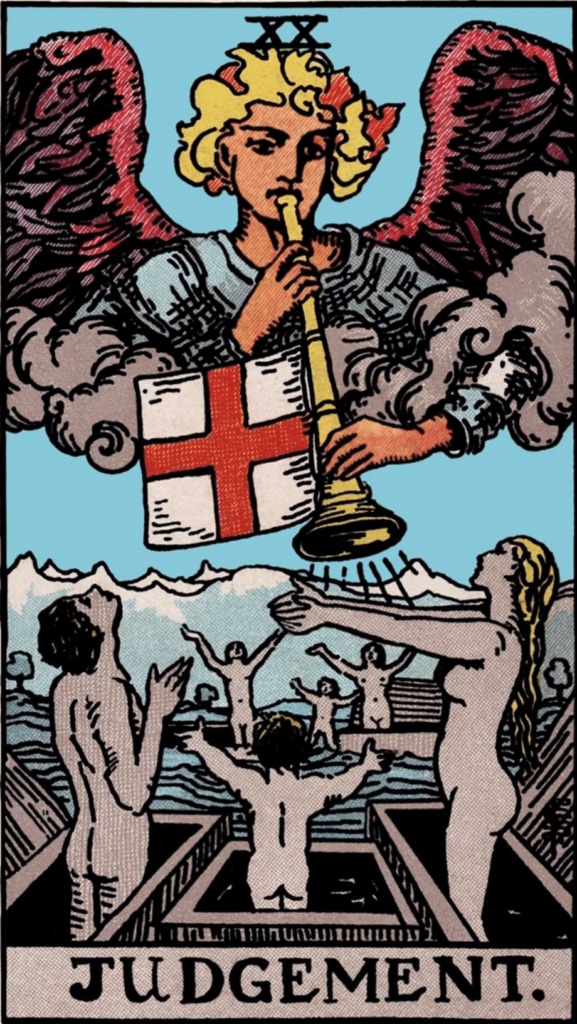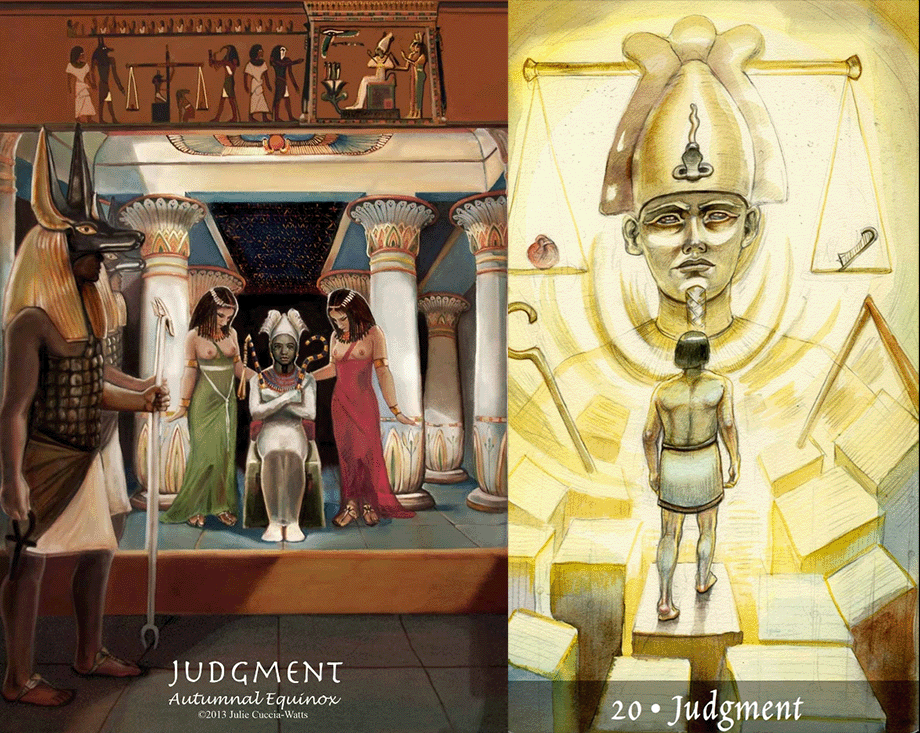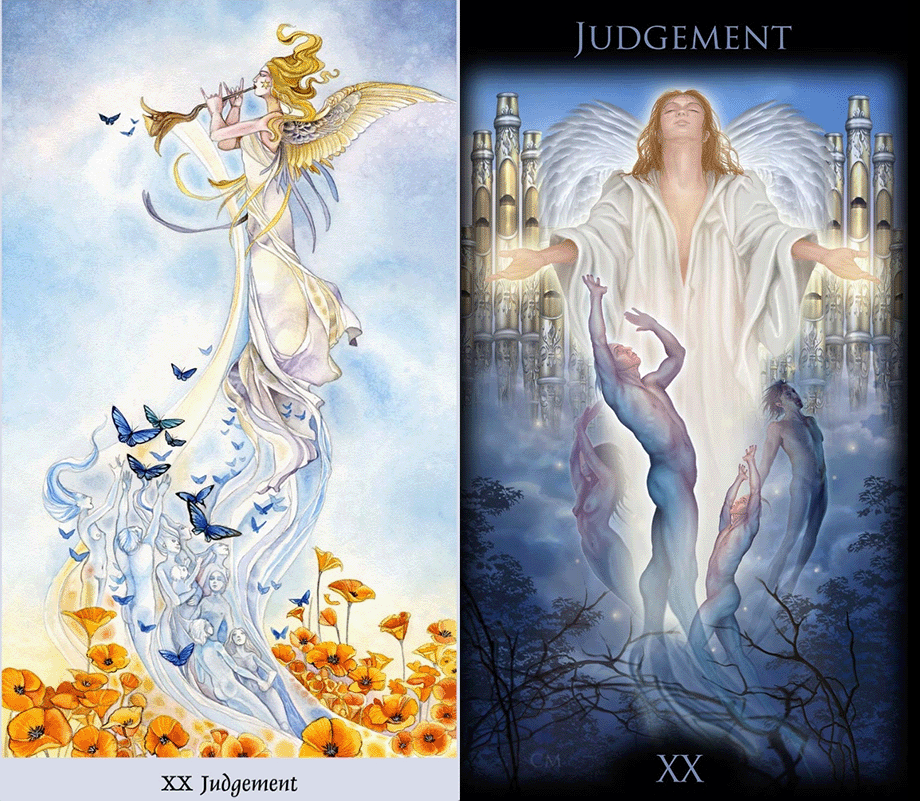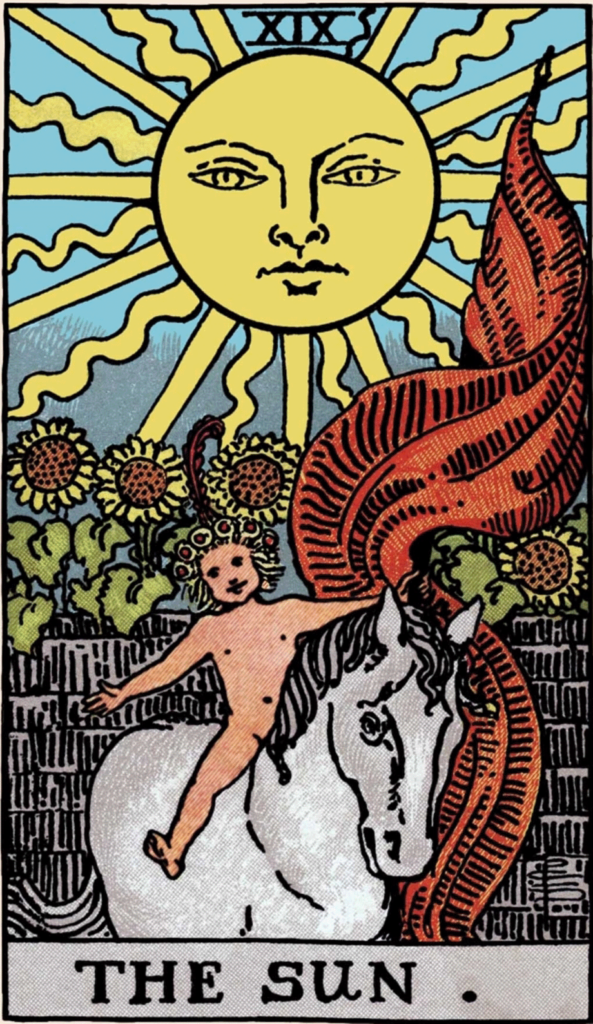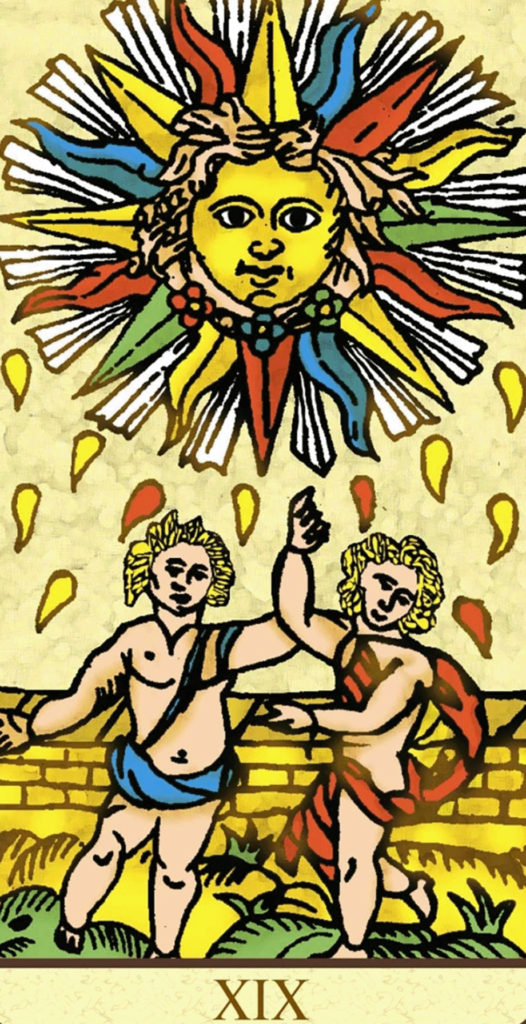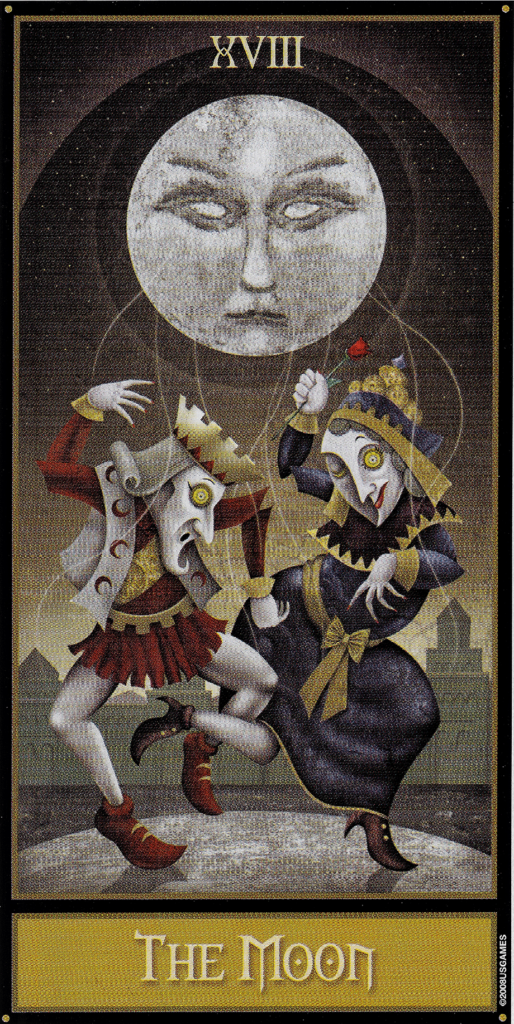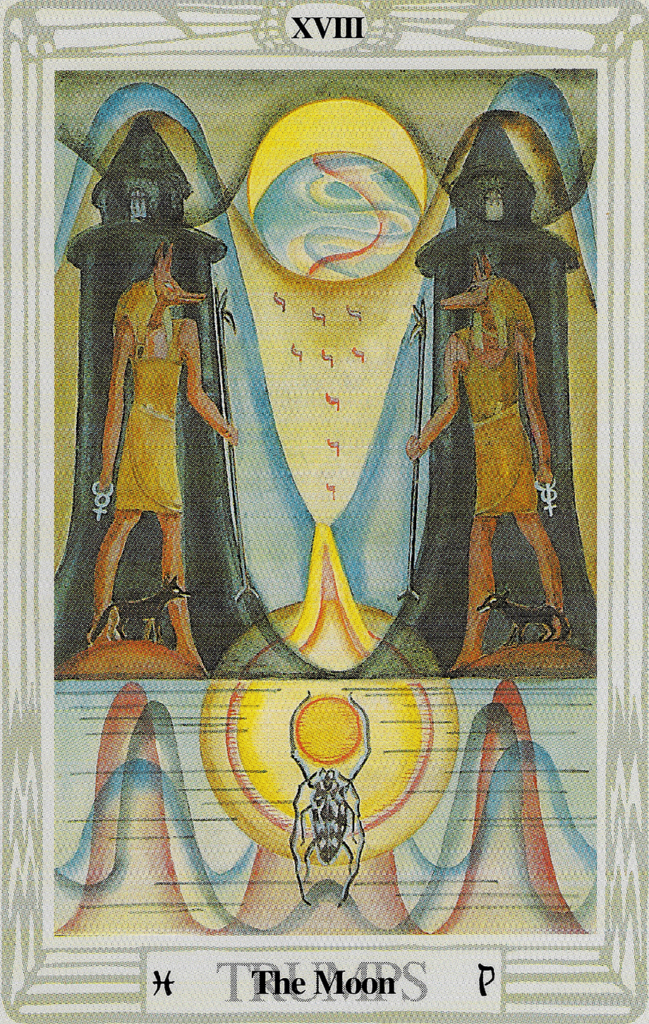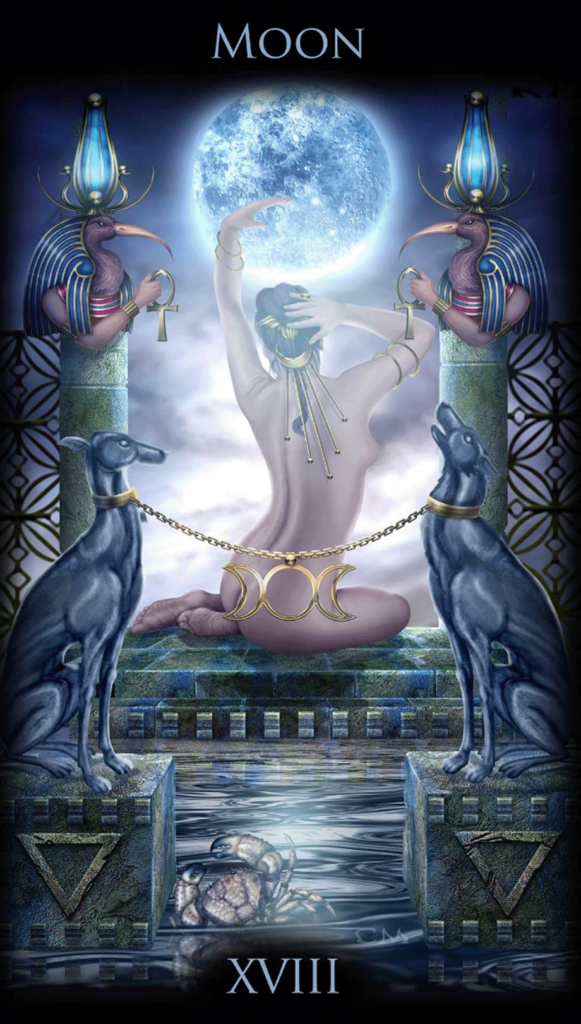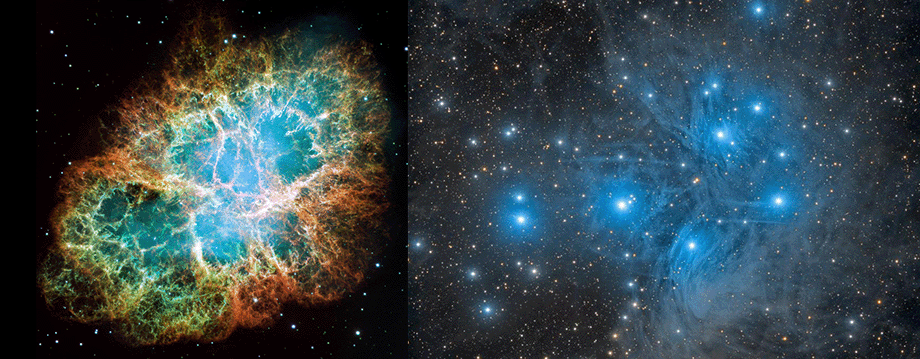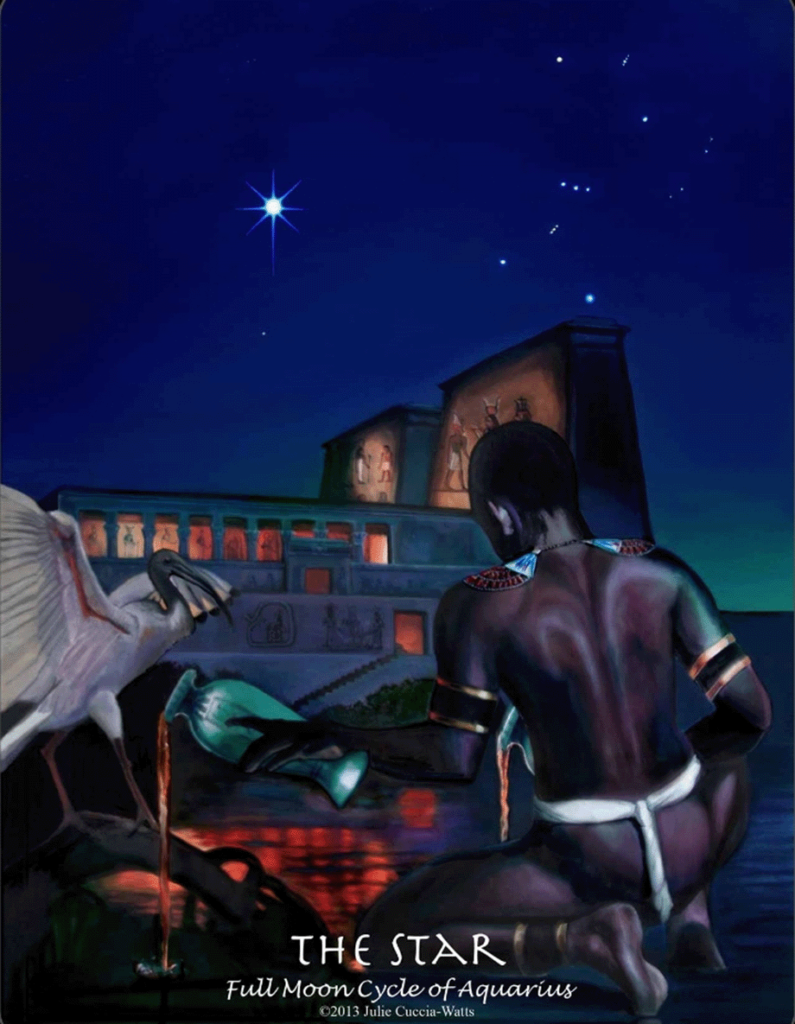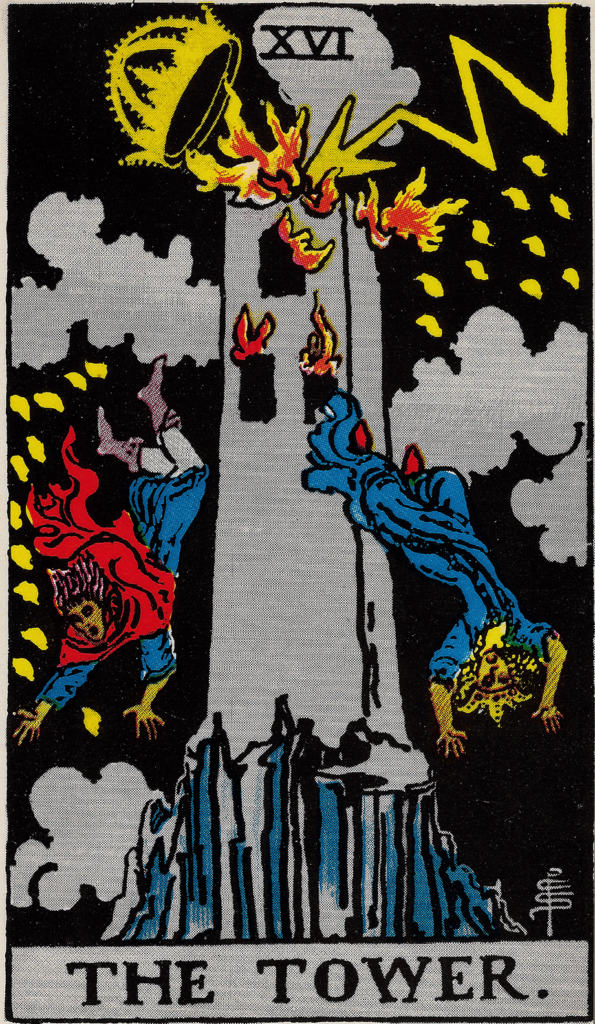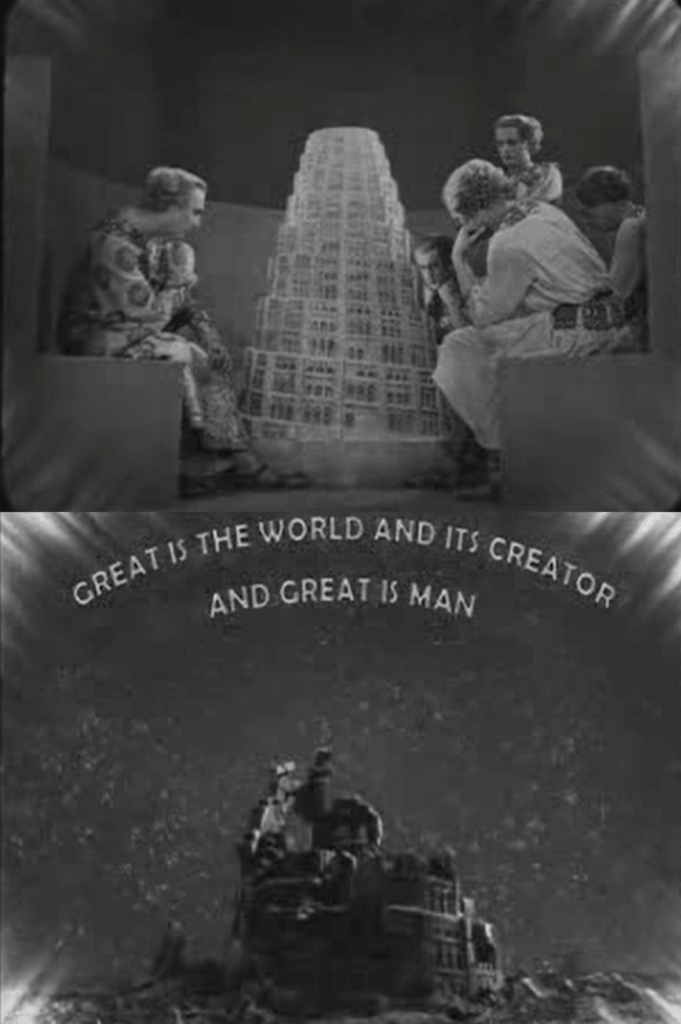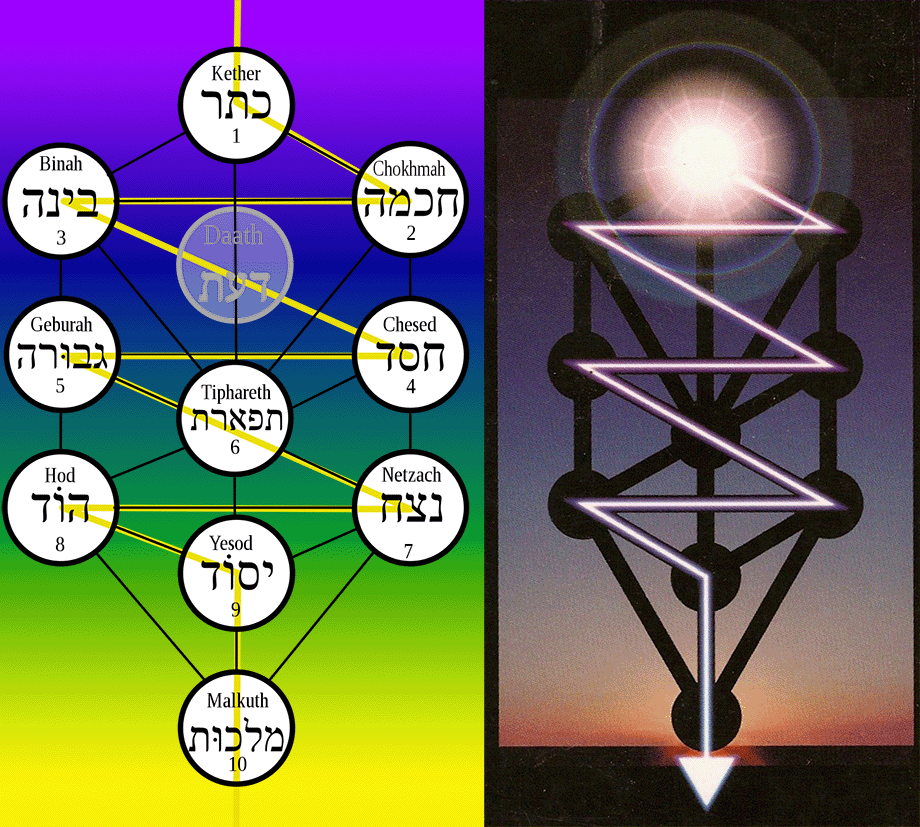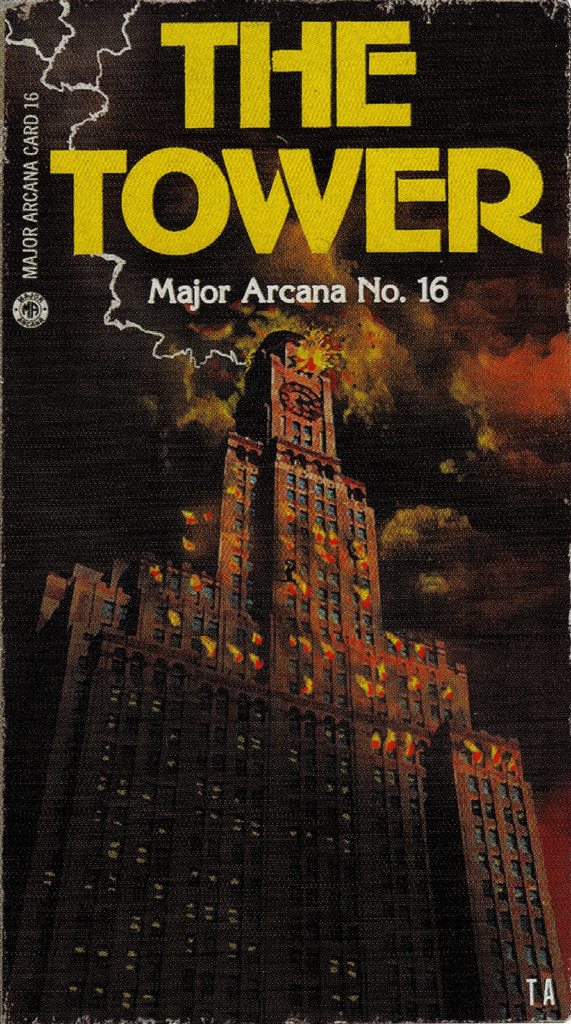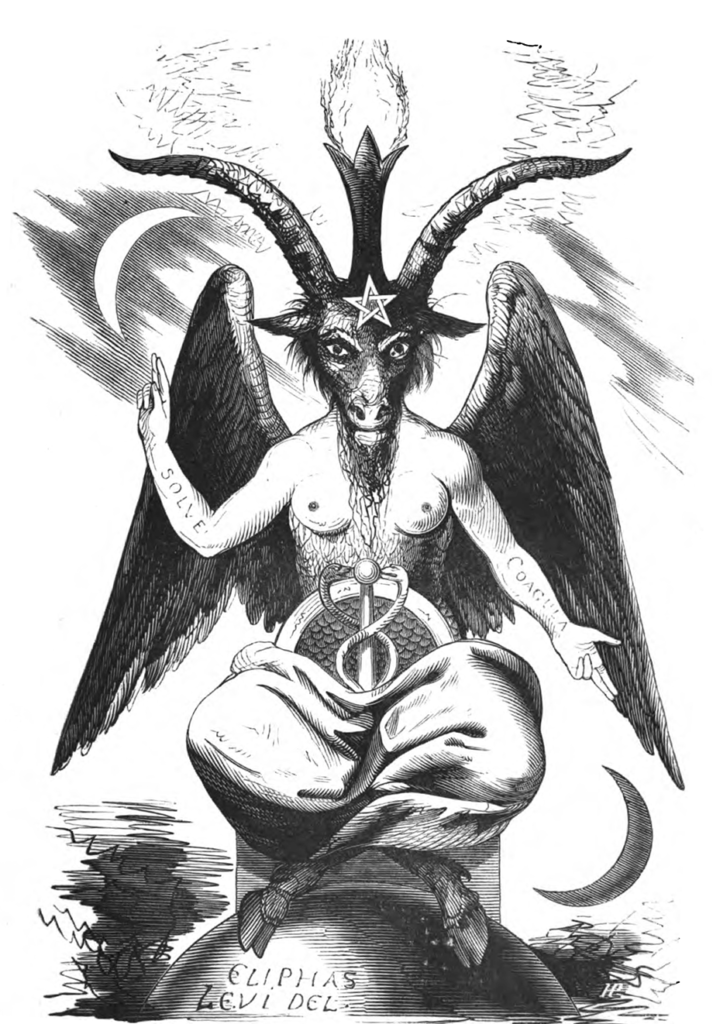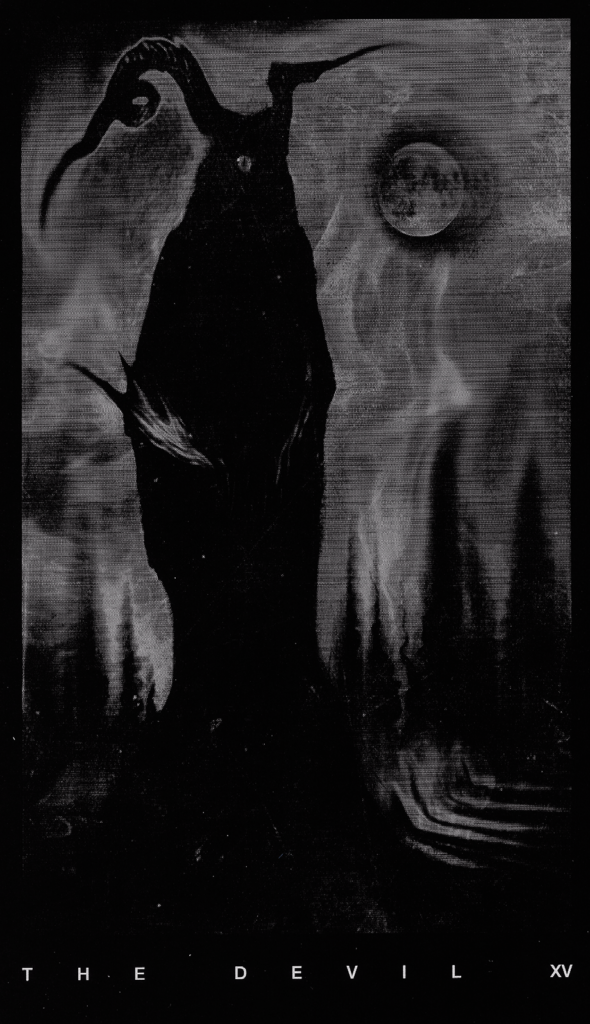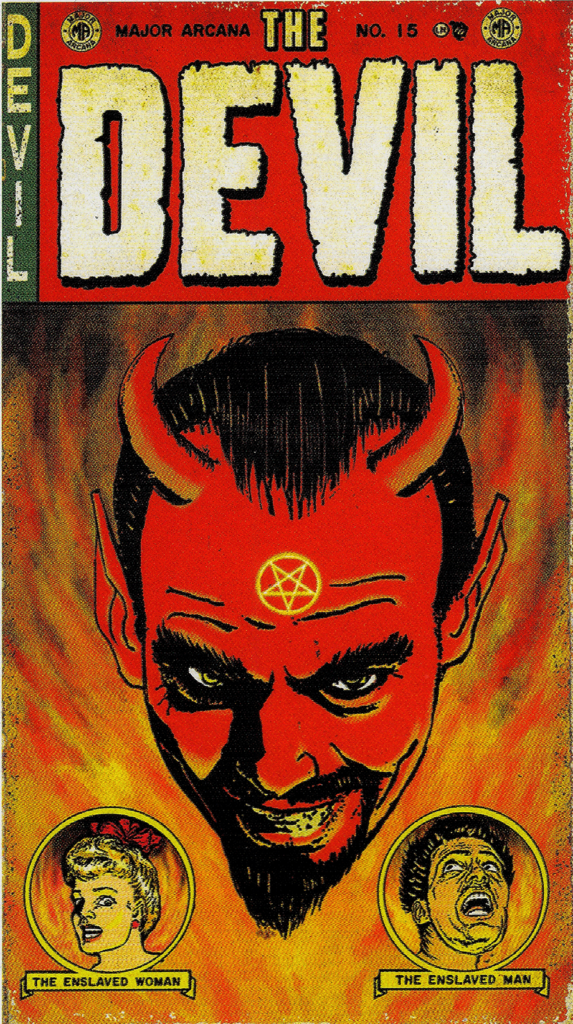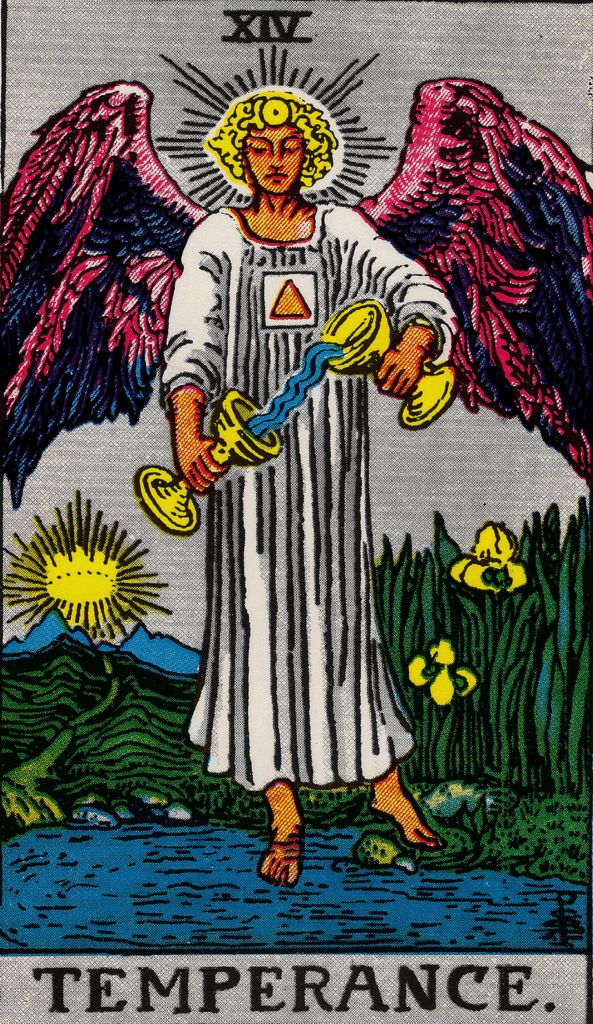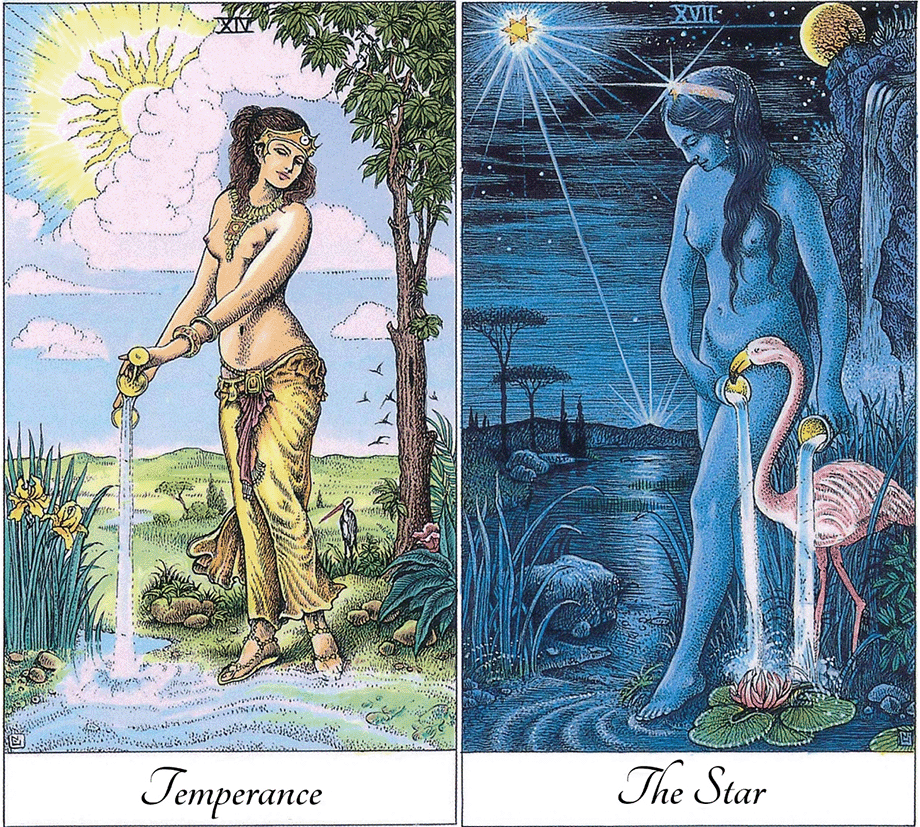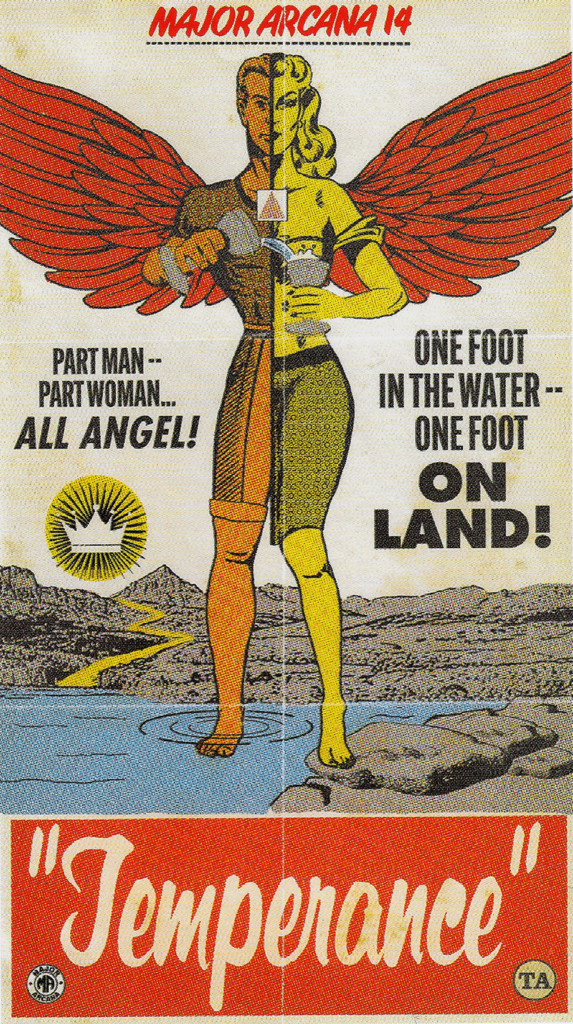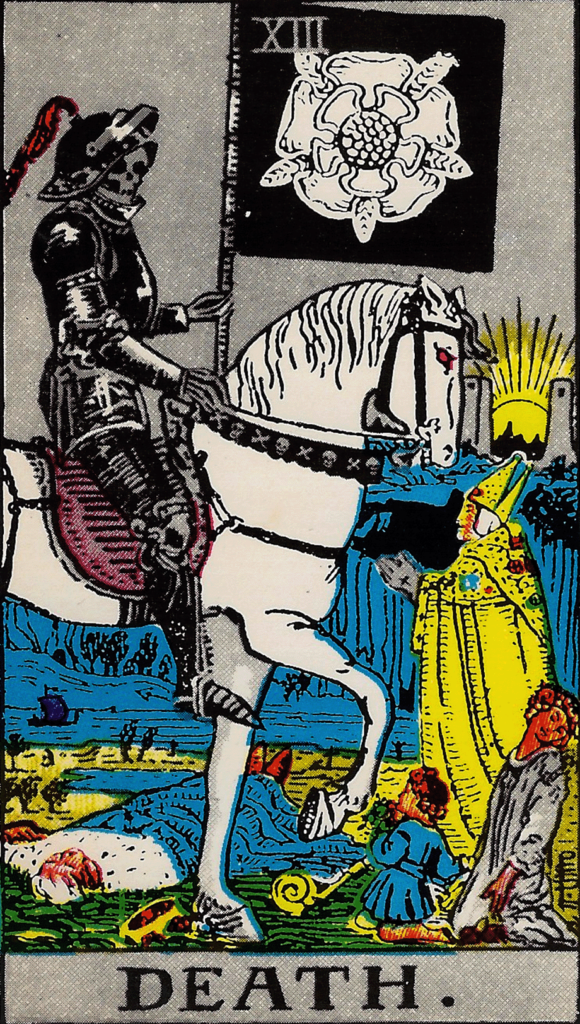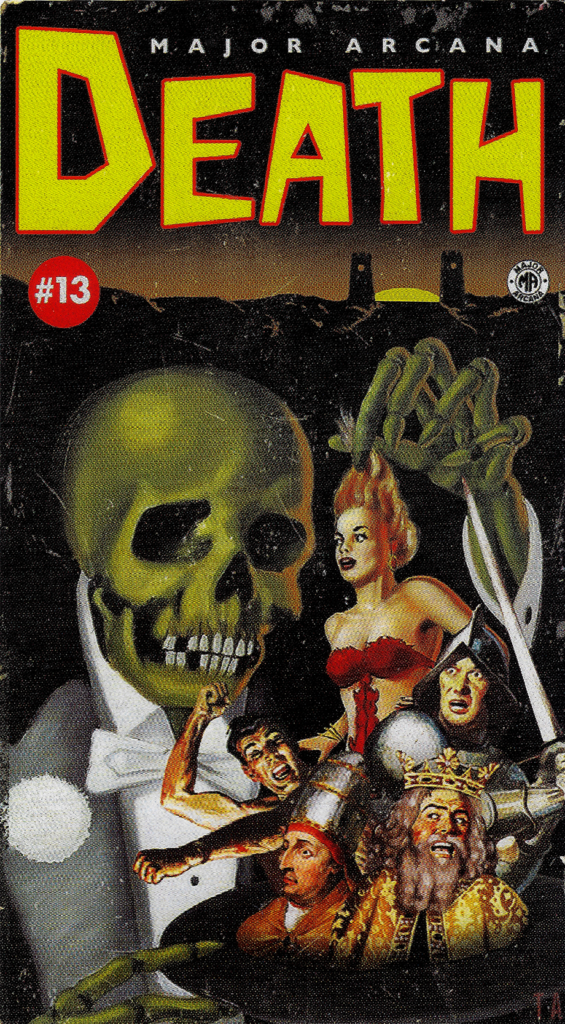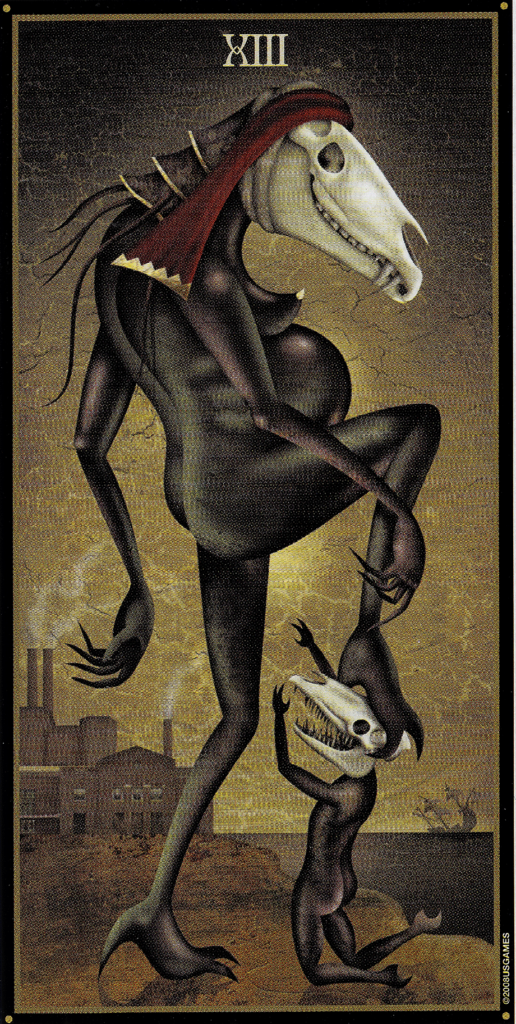This summer’s exercise in the exploration of the Major Arcana of the Rider Waite Smith Tarot began with a different intention and expectation than what it ultimately ended up being. I don’t consider this a failure on my part, either from an editorial standpoint, or in terms of the material presented. This is exactly what working with the Tarot is about.
Tarot is a mnemonic device. At it’s heart, it’s a set of images that are supposed to remind us of a set of predetermined meanings. And, of course, it is is that. But if that is all that it is, then everyone could understand and use these cards. In fact, this process could be fully automated and presented as a handy phone app. And it has been. Yet much like the auto-horoscope apps, this recitation of rote meanings only appears inciteful through coincidence, and the wishful thinking of the user. That is, it’s ability to access the ethereal and the subconscious is an illusion.
To really reach beyond, we have to become a part of the process ourselves. The cards are reminders, certainly, but they are also stimuli. Yes, the Fool may indicate new beginnings, naivete, or poor decisions (depending on whose book you read). But perhaps that moment of stepping off the cliff is what sets our imagination on it’s journey. If we become too involved with the “accepted” meaning of the card, we are locking ourselves off from other paths it might set us on.
This is just as valid a consideration when looking upon the cards as the “hero’s journey” or some other hidden initiatory message. While I do not discount this idea, adherence to that as an absolute and total meaning of the cards is limiting in aspect.
The point is that one must remain open to where the card directs the mind, rather than rushing toward a conventional interpretation. It may not even be the Fool that starts that inspiration. It may be the scarlet color of the tunic, or the angle of staff used to carry the pack. Or it may be the little dog that follows him.
If you follow my Instagram account, you are acquainted with the clips from the cards I have used to announce each week’s installment. I have accumulated them in the photo below. In preparing these, my intent was to find some piece of Pamela Smith’s images that would be unique, possibly iconic, but also not necessarily the obvious emblem of each card. In doing so, I hoped to express that same idea that the card as it is generally experienced may be refreshed by approaching it from a different angle.

The RWS have been around for over a century now. The fact that the designs are now in public domain mean that they are appearing everywhere from t-shirts to coffee mugs. The decks themselves are being reissued by multiple publishers who are recoloring and re-embellishing the old line work. They come in iridescent and hologram finishes, gilded or silvered on black and blue, and a wide range of color variations.
The result of this is that we are so inundated with the form of the images that we are becoming jaded. They are commonplace. Like the pentagram, the triple moon, and the Eye of Horus, our reaction to their sacred and special nature are growing weaker because of overexposure.
This is also a bane for the experienced reader, who, like myself, have been looking at these cards for years and years and almost immediately getting a one or two phrase “shorthand” meaning. I think this is one reason why we collect decks. Even though we go back to our favorites, the ability to access fresh and variant versions of the Tarot iconography can shake up our complacent reaction to the cards. It’s like hearing the same symphony played by a different orchestra, or arranged by a different conductor. Yes they are all Mozart, but perhaps in this version a passage ordinarily favoring strings has been given over to the woodwinds. The notes are the same notes, but played on a different instrument. This creates a different experience of the symphony, and evokes a different response in our minds.
So too is our experience of the RWS style deck interpreted by a different artist. And this gives us an opportunity to imagine and intuit different messages. It changes the nature of the narrative. By this process we may internalize some of these responses, and then when we return to that original deck, we have a different context for that card when it comes up.
There is inherent in this approach the potential stigma of the Unverifiable Personal Gnosis. This is the thing that you know you know, because you know. And frequently in modern discussions of magical practice, the “UPG” is somewhat frowned upon. I hope through the explorations of the cards these last several weeks, I have demonstrated that very much of the supposed “secret teachings” are the UPG of persons from the 18th and 19th century, frequently being legitimized as “ancient and forbidden knowledge” through spurious attributions to the Romani people and the Ancient Egyptians, among others.
The works I have cited in these articles are but a few of the many many texts on Tarot. They are in my personal library, and I am certain that they, along with some other texts I own on cartomancy, have an influence on my personal understanding of the cards. I will say that I agree in parts with these works, and I disagree on the whole. Many texts are in conflict, and this is not unique to the discipline of Tarot. The shelves of astrology texts I possess are at odds in terms of both interpretations and mechanisms.
Additionally, there has been and continues to be an impetus to merge other mantic arts like astrology and numerology, and other magical systems, like gematria, Kabbala, and angel magic with Tarot, and to establish some longstanding heritage for this fusion. If we pare away the legends and find a solid historical narrative for the Tarot – as I believe Paul Huson has done in his Mystical Origins of the Tarot, then we have to discard or at least degrade the majority of these pedigrees. Yet without a secret mystical tradition, the combination of the cards – as a visual magical tool – is still a valid method. There is, of course, some belief that the “true occult teaching” would be needed for such to work, but it truly depends on one’s approach.
There is some context that certain of the Tarot were used both for beneficent and baneful magic as early as the 17th century, and probably as soon as these cards were available. The basic doctrine of sympathies applied here, and of course still does. If you want to call the Devil, there’s the Devil card for that. If you dabble with love spells, the Lovers is an obvious choice, but there’s also the Two of Cups, or the Four of Wands. The imagery works regardless of “system” and truly needs no ancient occult connection to be effective. If we lock ourselves into such systems of thinking about the cards, we are also limiting our ability to access unexpected revelations from the cards themselves.
Shortly after finishing last week’s article I saw a posting by Psychic Witch author Mat Auryn. He suggested that on the Five of Wands, the staffs seem to just fail to make a pentagram. He further goes on to say that the persons wielding the staff’s then may be seen to represent the elements, where the one is the spotted tunic is Quintessence, or Spirit, and that he has purposely withdrawn his staff to “break” the natural shape of the pentagram. This is an intriguing insight. Generally speaking the usual meaning here is conflict or disorder. Yet with this approach, we can go further to express that when Spirit or Intelligence is extracted from its natural place within the elemental system, things tend to fall apart. We are presented with a metaphor of the world in chaos, or a person in chaos, rather than an external and literal conflict.
Expanding on this insight, I went back and looked at that card. It is also possible to contextualize as the five persons are about to form the pentagram We can here almost reverse the usual meaning of conflict and see the Five of Wands as an emblem of cooperation and common goals. Is this just wishful thinking? A complete personal rewrite of the meaning that for ages has been the same thing? Probably. But does that mean that either approach is wrong? No.
It is ultimately the impression of the card that we form as it gets turned over and laid down that is the meaning of the card. The key is to train ourselves to respond freshly to that impression rather than hammering the card into a pre-defined message, which completely ignores what our subconscious is trying to tell us.
I hope the last few weeks exercises have inspired you to look at the RWS and it’s related kin in a new light. Beyond that, an active awareness of all the images and impressions we are fed daily can expand our lives, our knowledge, and our ability to affect the world around us.
I’ll be back next week with new topics. As much as I have enjoyed this journey, I need now to step away from it and reset my thinking to write more extemporaneously as I was prior to April. We’ll see where it takes us.
Thank you for your continued patronage.
Featured image and Instagram pic clipped from the Blue Oyster Cult album Agents of Fortune. Artwork is by Lynn Curlee.



